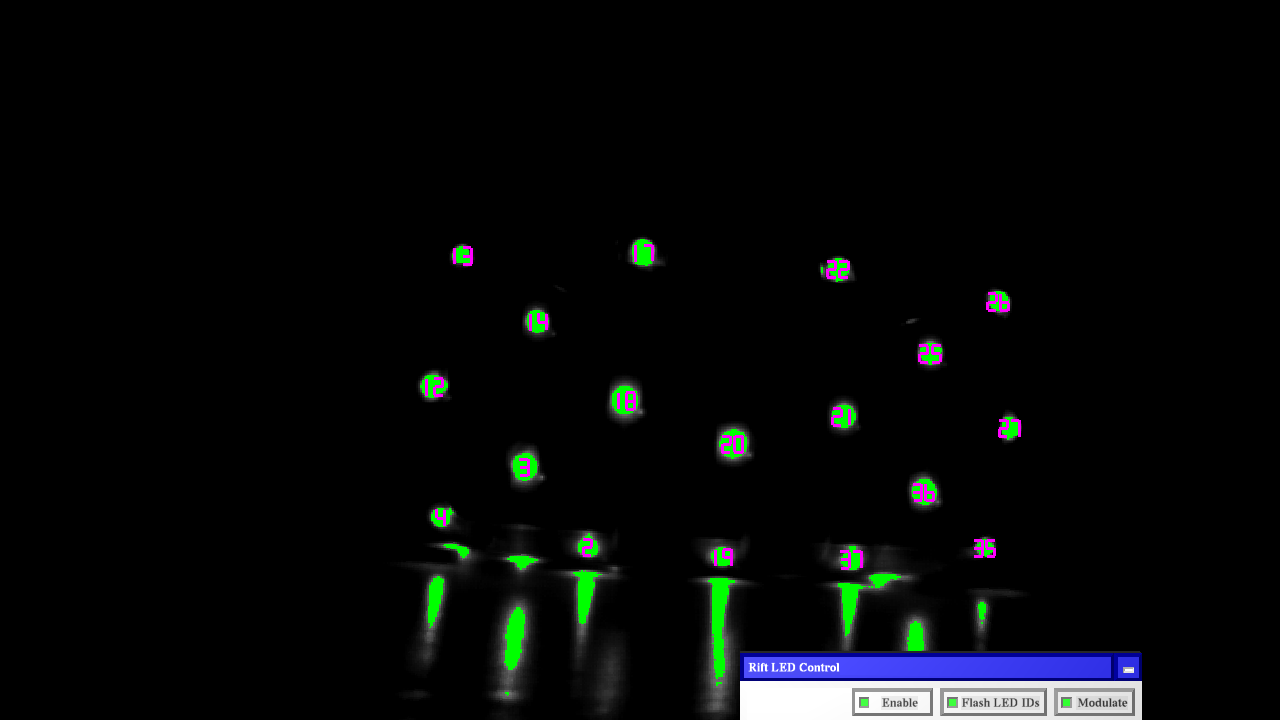You've saved me having to type my thoughts - I completely agree.
The biggest factor for me is the practicality of having VR in everyday life. So far. Rift is the one I'm coming back to because even though the Vive experience is objectively better, it's a pain in the ass to set up - clearing space, turning on lighthouses, taking the controllers off charge, the inevitable power cycling when the lighthouses don't sync, starting up Steam and SteamVR before you can put the headset on. And then because there's not a whole lot out there I'm still interested in playing, it's all for about a half hour of actual game time.
With Rift, I just turn on the controller and put on the headset, everything boots up automatically and I can play Farlands to do the daily stuff or Elite for a good chunk of time. And once Touch is out, I'm hoping we get a lot of seated, forward facing experiences with motion control. I'm not doubting that that isn't nearly as immersive as full movement standing experiences, but I suspect it's going to be the sweet spot between innovation and practicality for most people.


